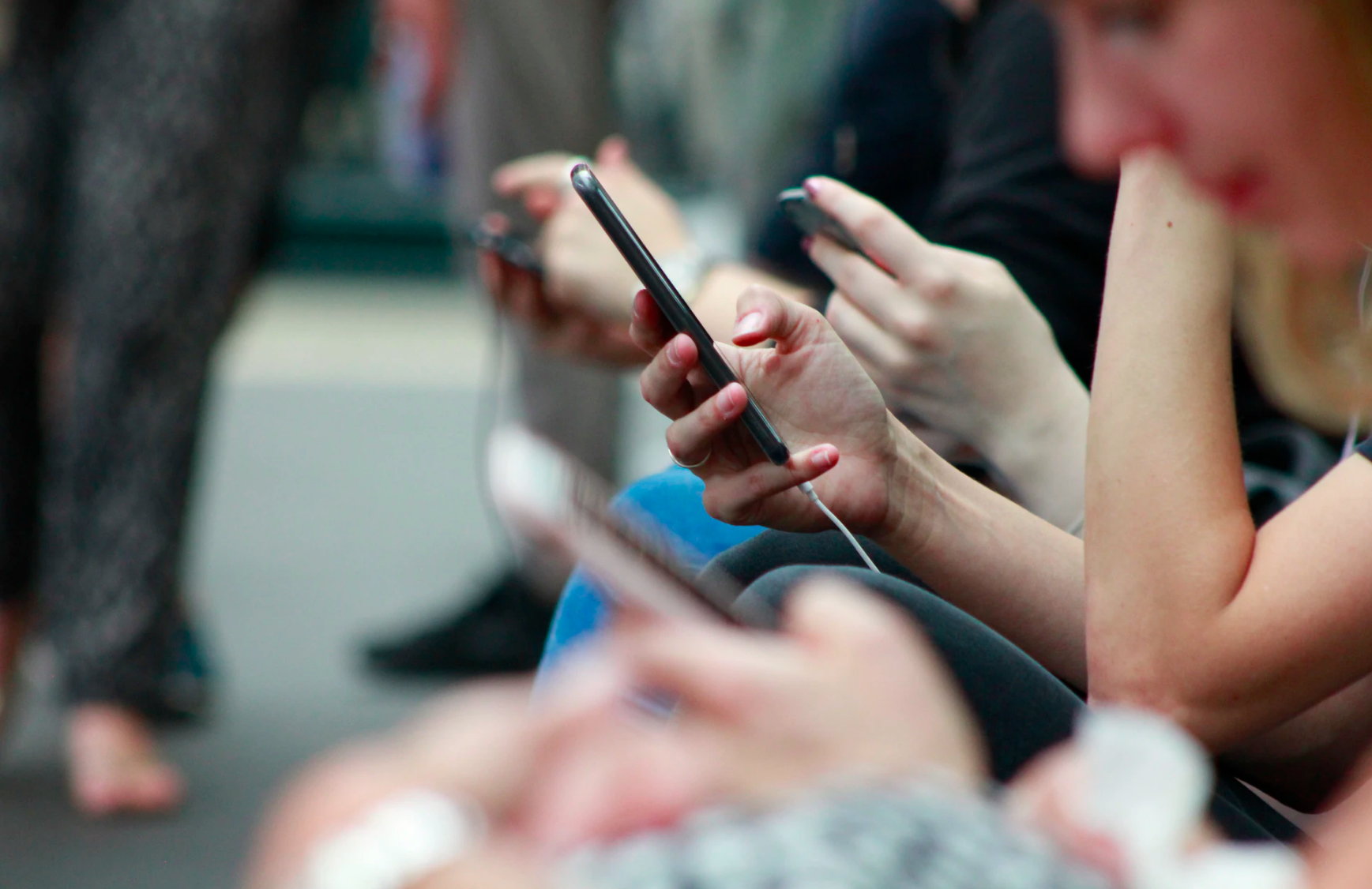The Internet has now become a must in everyday life and the same holds true for Cuba, too. Prior to 2015, the Internet in Cuba was practically non-existent, but much has changed since then. At first, Cubans could connect to the Internet by buying scratch-off WiFi cards and connecting at hotspots. Now, they have the option to purchase a data plan for their phone. The signal strength has also improved dramatically, if we think that video calls were impossible just a couple years ago.
But as we all know, most Cubans still find the monthly plans cost prohibitive, so receiving top ups from their family members abroad is highly useful. Wanna know if a Cubacel top up or a Nauta top up helps more your family and friends stay connected? Here’s a short comparison
Connecting to the Wi-Fi via ETECSA
Each year since 2015, the ETECSA has been introducing hundreds of new Wi-Fi hotspots to meet the growing demand for Cuba Internet. They even teamed up with Google in 2016 to add more servers, for a faster Internet connection. There are over 1400 hotspots which are available 24 hours a day. The number of hotspots available in Cuba is also expected to increase in the near future. So, accessibility becomes less of a problem.
The current rate set by Etecsa for international navigation with an international permanent account is: 0.7 CUC = 1 hour. You can top up your loved ones’ Nauta account with values ranging from $10 to $50, depending on their needs or wishes, which means 14-71 hours of connectivity. On the plus side, they can do whatever they want when they are connected: surf the web, chat, engage on their social media accounts. However, the privacy is close to zero and the speed is not that good.
If your family or friends hold a Nauta Hogar, things change, because they do it from home and surfing with the Nauta account associated with the Nauta Hogar service changed from 1.00 CUC to 0.50 CUC, once the 30 hours of the contracted package have been consumed and the account associated with the Nauta Hogar service has been recharged.
All you need to do to send them Nauta top ups is:
– Find out their Nauta email. It should look like user@nauta.co.cu or nauta.com.cu.
– Once you have the email, go to HablaCuba.com Mobile Recharge page.
– Select Nauta and then the amount you want to send
– Confirm your order and wait! They will get in touch with you shortly to say thanks and to let you know what’s new back in Cuba.
3G/4G Cell Phone Data in Cuba
You can help your loved ones to buy 3G/4G plans if you send them Cubacel top ups. You need to check first if their phones have 3G/4G capabilities and the 3G/4G coverage.
The benefits are clear: privacy and accessibility anytime, anywhere there is 3G coverage. But they need to pay attention to their data consumption and sometimes it’s complicated to always be aware of how much data a certain app uses. Here are some examples, to make things easier:
How much data does a 5-minute call need when using the most popular calling apps in Cuba?
IMO – 2 MB video call
Telegram – 2.5 MB regular call
WhatsApp – 1 MB for regular calls and 16 MB for video calls
Messenger – 17 MB for regular calls and 22 MB for video calls
How much data does texting need?
WhatsApp – 1.2 MB – 10 messages
Messenger – 0.4 MB – 10 messages
Social media is also becoming more and more popular, so a large part of the data allotment goes there:
Facebook uses approximately:
80 MB for 1 hour of navigation
160 MG for one hour of video watching
0.4 MB – for one post
1.75 – post plus photo
Instagram uses approximately:
720 MB for 1 hour of navigation
0.3 MB for one post plus photo
5 MB for one post plus video
Youtube is charming, indeed, but also pretty cost-sensitive when it comes to data:
11.7 MB – one minute of standard video
41.7 MB – one minute of high quality videos
97.5 MB – one minute of 4K video
Other useful info:
Approx. 60 MB/h – surfing the web
Approx. 700 MB for surfing a webpage
Approx. 20 KB – an email without attachments
Approx 1.15 – an email with archived attachment
Approx 150 MB/ hour for listening to music
Approx 60 MB/hour for podcasts
So each option has its pros and cons, it depends a lot on each one’s usage behavior and communication needs. You know them better, we’re sure you’ll choose what’s best.






